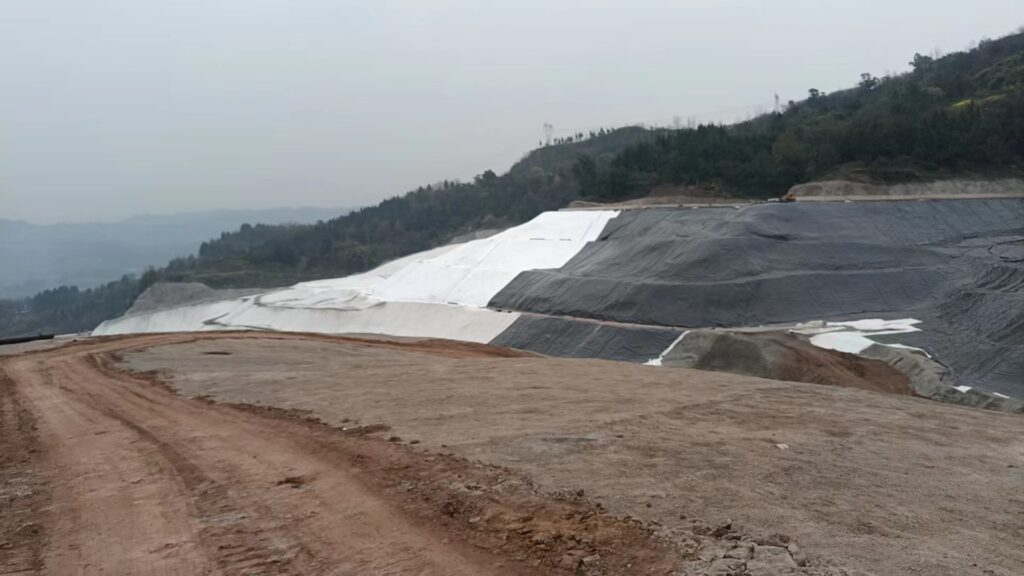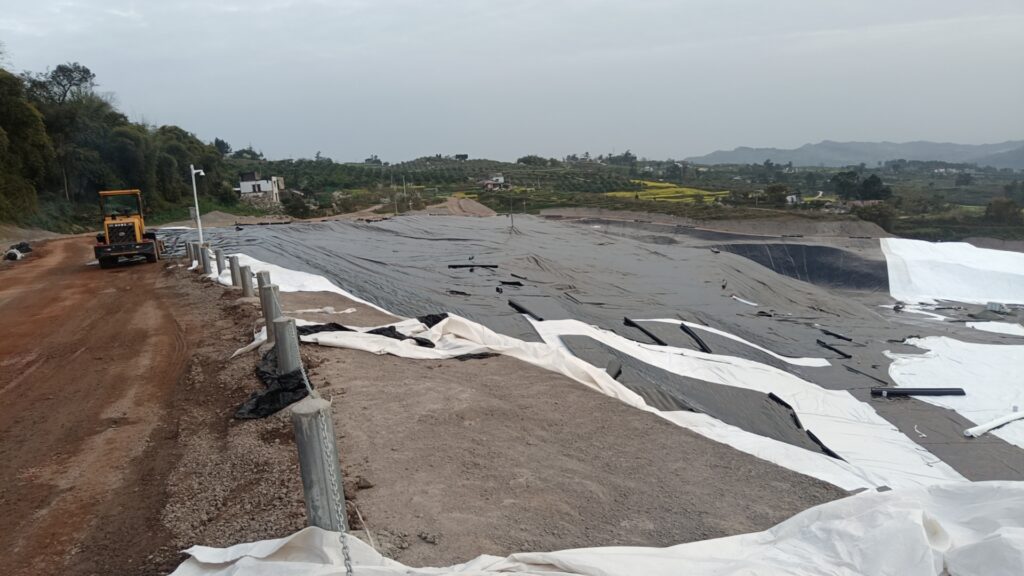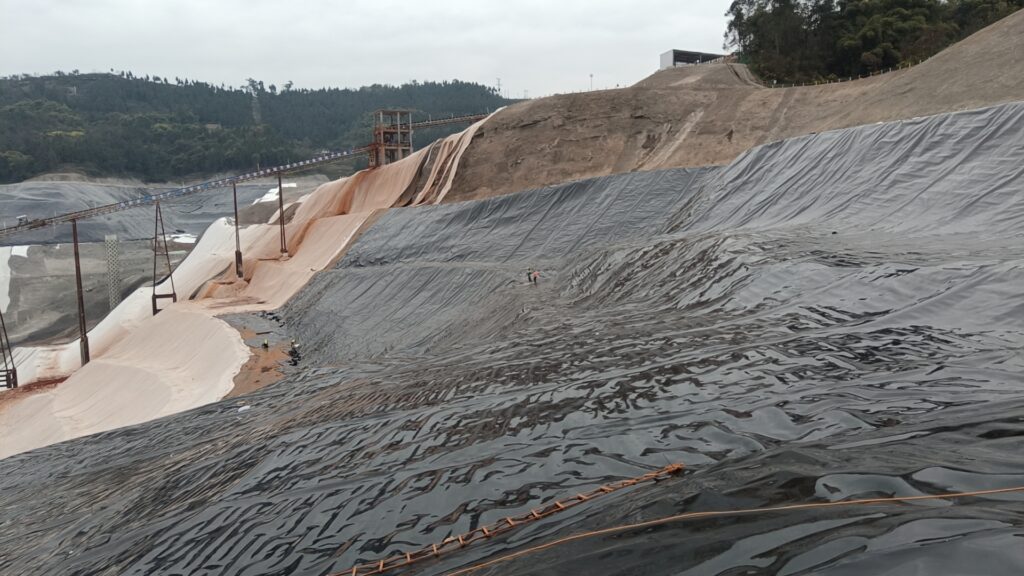What is the difference between a pond liner and a tarp?
A pond liner and a tarp serve similar functions in some contexts, but they have distinct differences in terms of materials, durability, and purpose.
Material:
Pond Liner: Typically made from materials like EPDM rubber, PVC, or HDPE (high-density polyethylene). These materials are specifically designed to be waterproof and resistant to degradation from UV rays and exposure to water.
Tarp: Usually made from polyethylene or polyester fabric, tarps are more commonly used for temporary covering or protection against weather elements. They may not be specifically designed for long-term water containment and may not have the same level of durability or resistance to UV rays.
Durability:
Pond Liner: Designed to withstand constant exposure to water without degradation for extended periods, often with warranties ranging from several years to decades depending on the material.
Tarp: While tarps can be durable, they are not specifically designed for long-term water containment. Prolonged exposure to water and sunlight can cause them to degrade relatively quickly compared to pond liners.
Purpose:
Pond Liner: Primarily used for creating water features such as ponds, water gardens, and reservoirs. They are specifically engineered to prevent water seepage and are often used in landscaping and aquaculture projects.
Tarp: Used for a variety of purposes including covering outdoor equipment, protecting surfaces during painting or construction, providing temporary shelter, and covering loads during transportation. They are versatile but may not provide the same level of water containment as pond liners.
In summary, while both pond liners and tarps can be used to contain water, pond liners are specifically designed for this purpose and offer greater durability and reliability in long-term water containment applications. Tarps, on the other hand, are more versatile but may not be as suitable for extended water containment due to their different materials and construction.

How long will a tarp last as a pond liner?
The lifespan of a tarp used as a pond liner can vary significantly depending on several factors such as the quality of the tarp, the conditions it’s exposed to, and how well it’s maintained. However, it’s important to note that tarps are not specifically designed for long-term water containment, so their longevity in this role may be limited compared to purpose-made pond liners.
Generally, a standard polyethylene or polyester tarp used as a pond liner might last anywhere from a few months to a couple of years. Factors that can affect its lifespan include:
Material Quality: Higher quality tarps made from thicker, more durable materials may last longer.
UV Exposure: Prolonged exposure to sunlight can cause the tarp material to degrade faster, leading to cracks, brittleness, and ultimately, failure.
Installation and Maintenance: Proper installation, regular cleaning, and maintenance can help prolong the lifespan of the tarp. Ensuring it’s securely anchored and free from sharp objects that could puncture it can prevent premature damage.
However, it’s essential to understand that using a tarp as a pond liner may come with risks such as leaks, tearing, and environmental harm if the tarp deteriorates and releases contaminants into the water. For long-term water containment projects, it’s generally recommended to use purpose-made pond liners that are specifically designed for this application and offer greater durability and reliability.

How to install tarp pond?
Installing a tarp pond involves several steps to ensure proper containment of water and durability over time. Here’s a general guide on how to install a tarp pond:
Choose a Location: Select a suitable location for your pond, ensuring it’s level and free from sharp objects that could puncture the tarp. Consider factors like sunlight exposure, accessibility, and proximity to power sources if you plan to install pumps or filters.
Prepare the Site:
Clear the area of any debris, rocks, or vegetation.
Use a shovel to level the ground if necessary.
Consider adding a layer of sand or protective underlay to prevent punctures from below.
Select and Prepare the Tarp:
Choose a high-quality tarp suitable for pond use, ideally made from heavy-duty polyethylene or polyester.
Measure the dimensions of your pond area and cut the tarp accordingly, leaving some excess around the edges to allow for securing.
Lay Out the Tarp:
Unroll the tarp over the prepared area, ensuring it covers the entire pond footprint with excess material around the edges.
Smooth out any wrinkles or folds to ensure a flat surface.
Anchor the Tarp:
Secure the tarp in place using heavy objects like rocks, bricks, or logs around the perimeter. Alternatively, you can use stakes or pegs to anchor the tarp to the ground.
Ensure the tarp is taut and evenly distributed to prevent sagging and potential water pooling.
Create Edges:
If desired, create decorative or functional edges around the pond using rocks, bricks, or landscaping materials.
Fold the excess tarp material over the edges and secure it in place using additional rocks or landscaping materials.
Fill the Pond:
Slowly fill the pond with water using a hose or other water source, taking care not to disturb the tarp or displace the anchoring materials.
Monitor the water level as the pond fills to ensure it remains contained within the tarp.
Finish and Maintain:
Once the pond is filled, trim any excess tarp material around the edges if necessary.
Install any additional features such as pumps, filters, or decorative elements.
Regularly inspect the tarp for signs of damage or wear, and make any necessary repairs promptly to prevent leaks or deterioration.
By following these steps, you can install a tarp pond effectively, providing a durable and functional water feature for your landscape.
近期文章
Author
-

Founded in 2002, Tinhy's team focuses on the manufacturing, marketing, installation, application and research and development of geosynthetic materials.
View all posts

